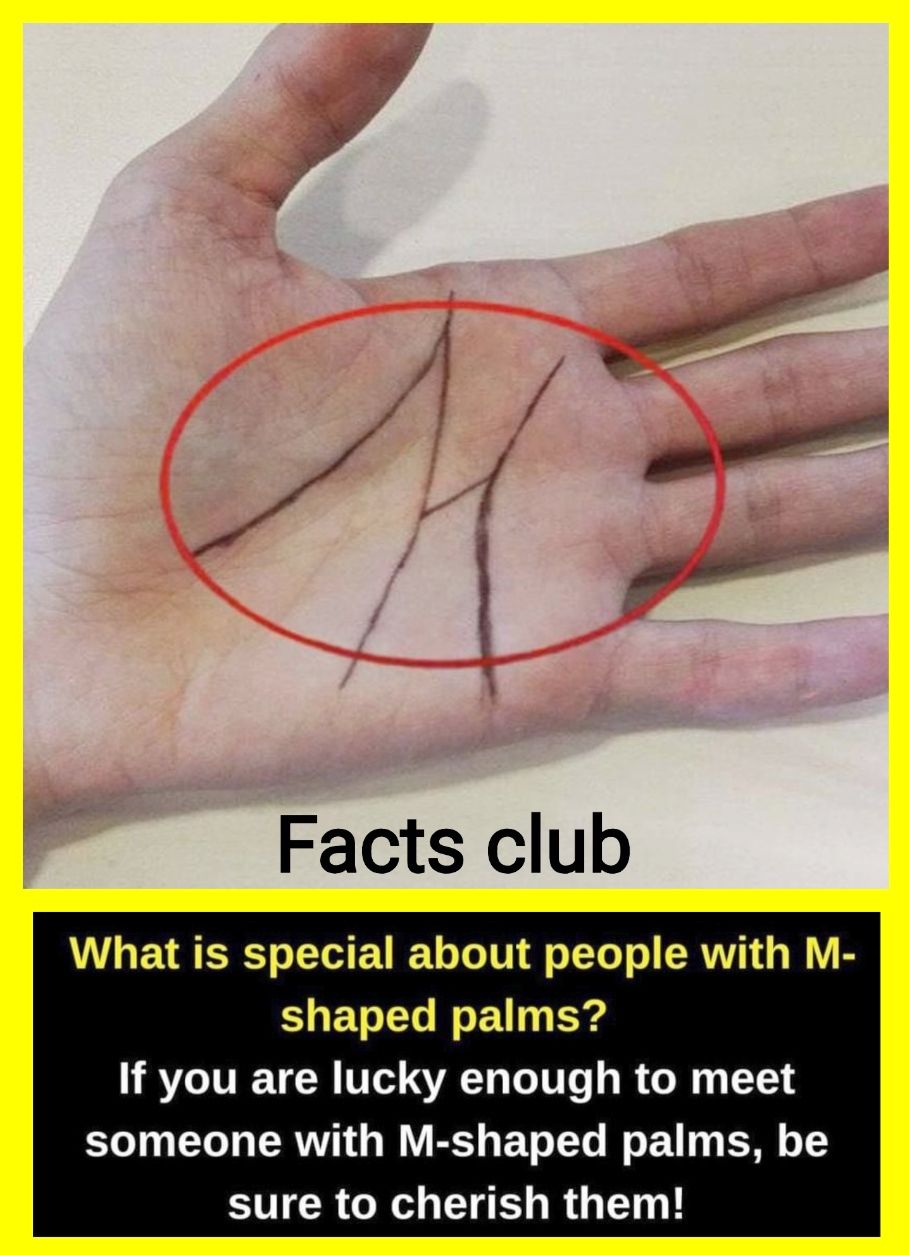ADVERTISEMENT
ADVERTISEMENT
ADVERTISEMENT
The appearance of an “M” shape on the palm is often highlighted in palmistry and folklore, and while it may be intriguing, it’s important to remember that this interpretation stems from pseudoscience, as there is no scientific backing to these claims. That said, here is what the “M” symbol in palmistry is often believed to represent:
1. Intuition and Leadership
People with an “M” shaped line on their palm are said to possess strong intuition. In palmistry, the “M” is formed by the intersection of the heart line, head line, life line, and fate line. It’s believed that individuals with this feature have the ability to judge character and detect lies, making them excellent leaders and good decision-makers.
2. Honesty and Strong Character
The letter “M” on the palm is often associated with a strong moral compass. These individuals are believed to be honest and possess high integrity. Their natural ability to judge situations makes them trustworthy in both personal and professional life.
3. Success and Career
It is commonly said in palmistry that those with an “M” on their palm are destined for success, especially in their careers. The “M” is often seen as a sign of someone who will have good fortune in business and leadership roles.
4. Adaptability and Wisdom
Another interpretation is that people with the “M” shape on their palm are adaptable and wise. They are said to handle life challenges with ease and have a natural sense of wisdom that guides them through difficulties.
5. Luck and Fortune
In some traditions, having an “M” on the palm is considered a sign of good luck. It is said that these individuals are naturally fortunate, attracting opportunities that others may not.
6. Spiritual Significance
In some spiritual traditions, the letter “M” is believed to be a sign of a deep spiritual connection. People with this marking are thought to be more connected to their inner selves and the universe.
While these interpretations can be fun or intriguing, it is essential to treat them as folklore rather than fact. There is no scientific evidence to support the notion that palm lines can determine a person’s future or character.
